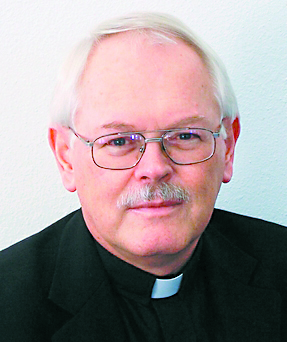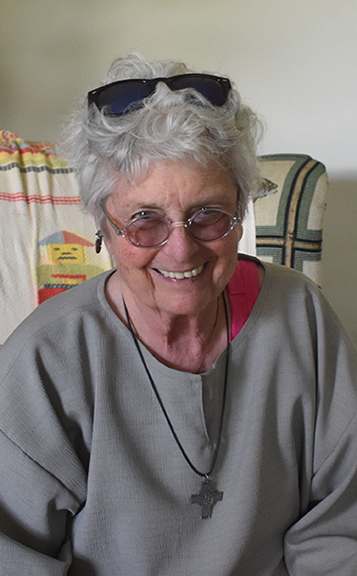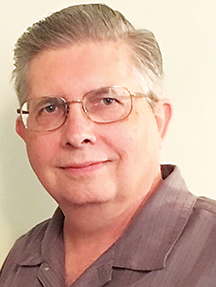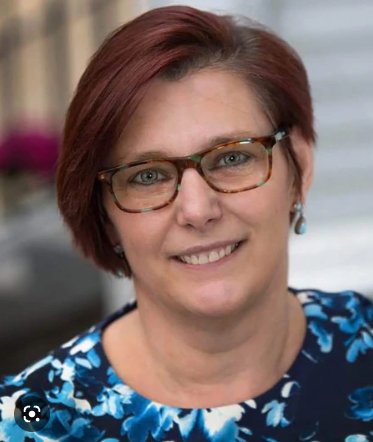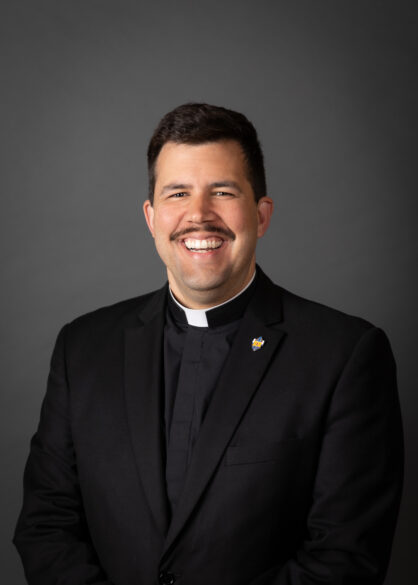Our second wave of discernment groups has kicked off, and it has been ‘supercharged’ by our Called by Name weekend back in the fall. You may remember that weekend in November that we asked all priests to share their vocation story during Mass, and then we asked you to share the names of any young men in your parish who you think should consider the priesthood and who might benefit from being invited to vocation events. One of the benefits of having all those submissions is that our discernment groups can now have a much bigger pool of possible participants. Here’s an example to help me explain:
My discernment group last semester had about eight high school age boys from the Jackson Metro in it. The group, as scheduled, lasted six weeks and we had a great time, and the guys got a lot out of it. When I started planning my group for this semester, I reached out first to the guys who were in the last group. But I also had about 15 more young men to invite because they were submitted through Called by Name. Because my group is for high schoolers, I called the parents of each of the boys submitted and shared about the group and invited them to share the information with their son. We just had our first meeting, and we had five returning participants, and four new participants come. We actually increased participation between our first group and our second group.
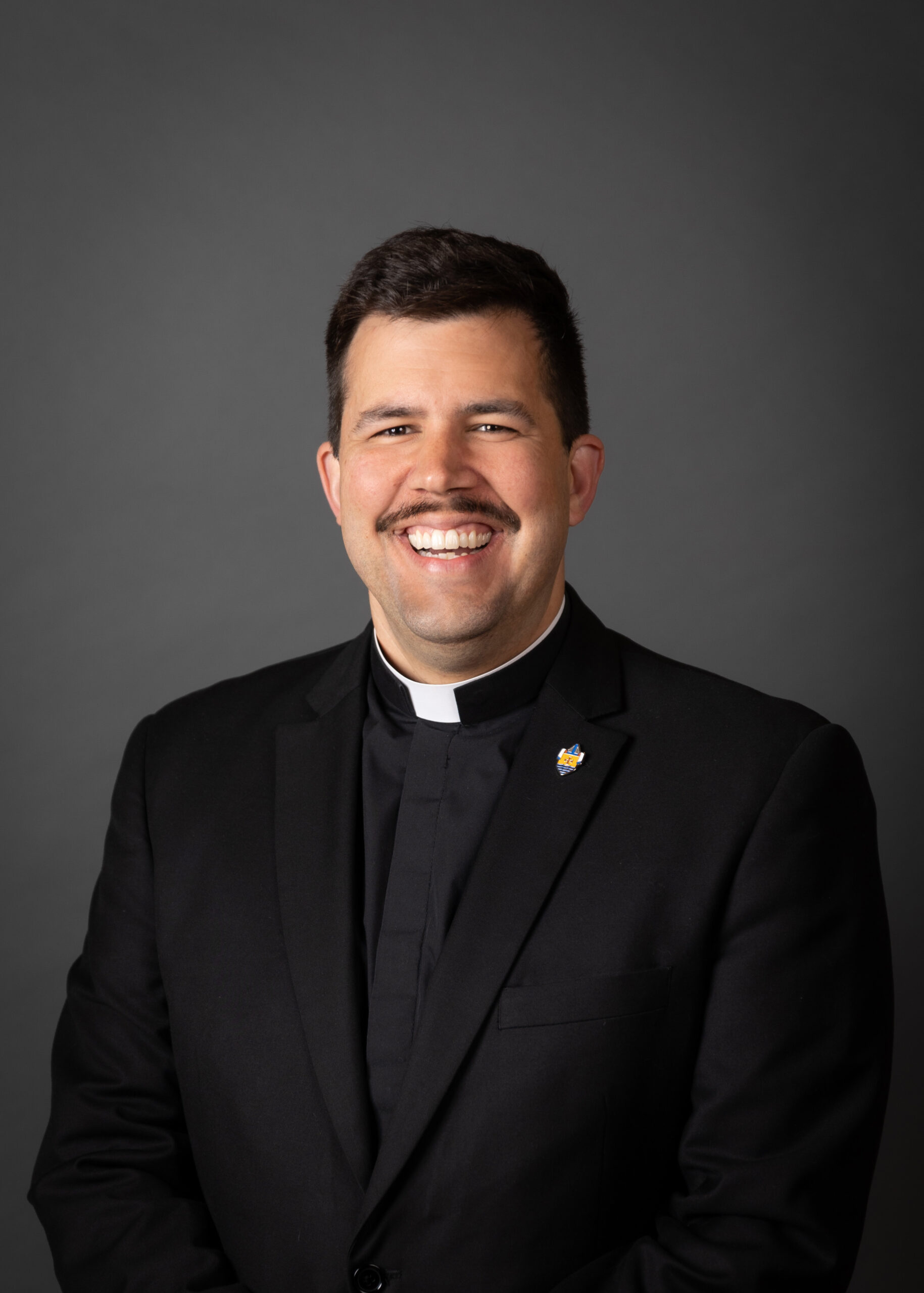
This may seem like ‘no big whoop,’ but this is a substantial ‘widening of the net.’ There is so much going on during the school year that there will be some guys who can’t attend a group for a semester here or there just because of sports and other extracurricular conflicts, so the fact that we retained five guys and we added four more is a huge deal. It keeps the group going and it keeps our meetings dynamic and fun. It is so important that we are consistent in our approach and in offering opportunities to young men so that priesthood stays on their radar. It has also been a great gift to be able to speak to parents in this process because it gives us an opportunity to get to know one another, and I think it gives them confidence that their sons are going to have a positive experience in the group whether they end up being interested in priesthood or not.
Stay tuned for more updates on opportunities that we are developing for young men and women to discern their vocation. Next week I’ll let you know about a great opportunity coming up this summer for high school youth.
https://jacksondiocese.flocknote.com/VocationsSupport
Father Nick Adam, vocation director

